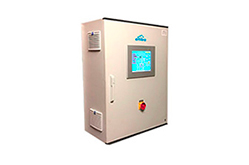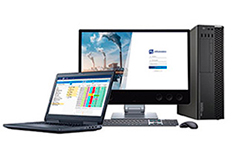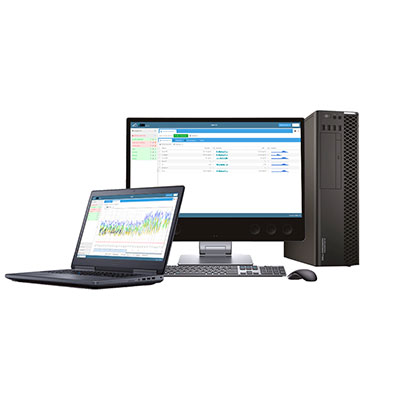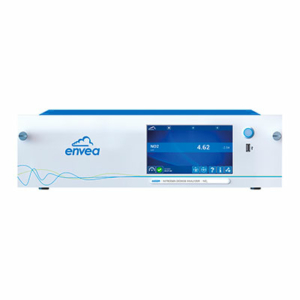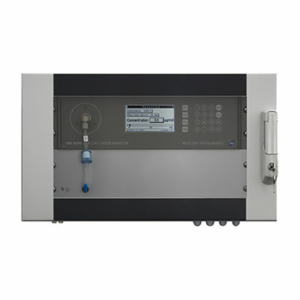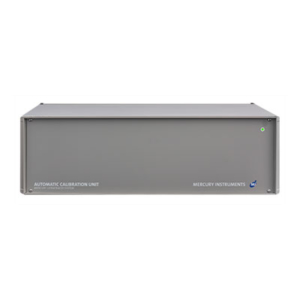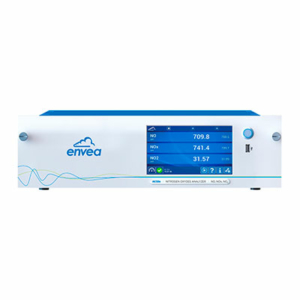Datenerfassungs- und Verwaltungssystem
Datenerfassungs- und Verwaltungsmodul (Logger & Router), das alle Parameter verwaltet: Gasanalysegeräte, Staubmessgeräte, meteorologische und Temperatursensoren…
Das eSam DAHS gewährleistet über eine WEB-basierte Schnittstelle den Fernzugriff und die Steuerung der Analysegeräte und des EMS in beiden Richtungen. Darüber hinaus können diese Daten automatisch und drahtlos an einen zentralen Server übertragen werden, der mit der XR® Software-Suite ausgestattet ist und in der Lage ist, Tausende von AQMS-Stationen in einer Stadt, Stadt oder Region zu verwalten.
- Data acquisition from any type of environmental monitoring systems: analysers, sensors, meteo, samplers…
- Includes data retrieval, data storrage, visualisation, supervision
- Automatic prevalidation of the data
- Automatic calibration and instrument control
- Included Web based dashboard software
- Remote access to the DAS via internet and a WEB based interface
- Data storage in a local database
- MQTT service secured IoT communication protocol
- Windows or Linux
- Air quality monitoring stations: fixed or mobile
- Rack 19”, 3U Frame
- WINDOWS or LINUX OS
- Standard configuration: 6 serials ports, 2 Ethernet ports, 6 USB ports
- Option: additionnal I/O, 6 or 8 analog input, 6 DI + 6 relay, 8 additional RS 232
- Desktop Computer
- WINDOWS OS
- Standard configuration: 8 RS 232, 1 Ethernet
- Option: additionnal I/O, 6 or 8 analog input, 6 DI + 6 relay, 8 additional RS 232
- Fanless industrial chassis
- Linux OS
- Standard configuration: 4 Serial ports (3 RS232, 1 RS232/485), 2 Ethernet ports, 4 USB Ports
- Option: additionnal I/O, 6 or 8 analog input, 6 DI + 6 relay, 8 additional RS 232
-
- Acquisition of instantaneous measurements at a configurable frequency ranging from 5 seconds to 24 hours
- Management of the metrological context: analysers’ parameters and internal failures, technical measurements, external signals (door opened, flow, etc.)
- Controls of lower and higher validity limits, sensitivity threshold, immobility, slope and follow-up of peak episodes
Automatic Validation
-
- Automatic validation of the data with the XR software
- Association of a quality code with each value
- Evaluation of quality indicators for each data value: min, max, standard deviation, number
of over-thresholds, availability ratio - Prevalidation of the data according of the metrological context
Calibration
- Automatic management of calibration sessions: 5 span points
- Ability to adapt the linearization parameters according to calibration results
- Control of absolute, relative drifts, drifts between span points, standard deviation drifts
- Storage of all the information related to the calibration
